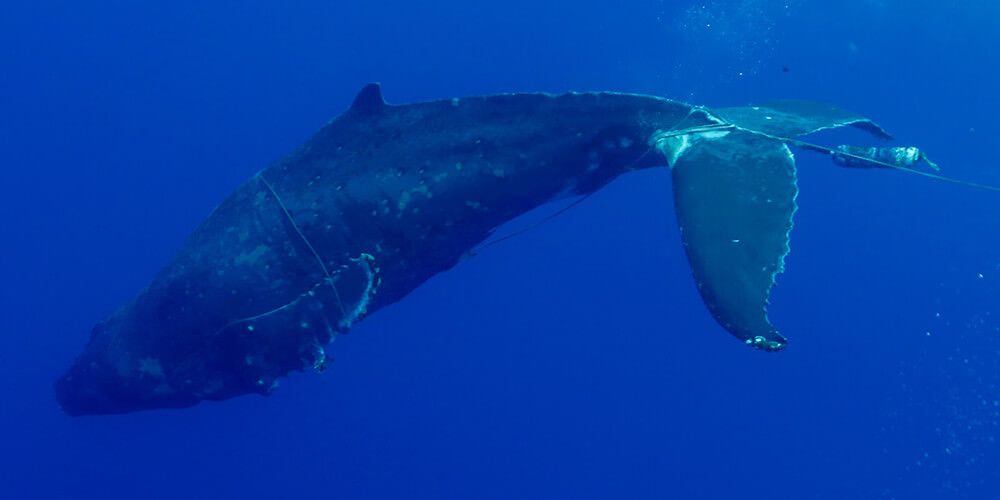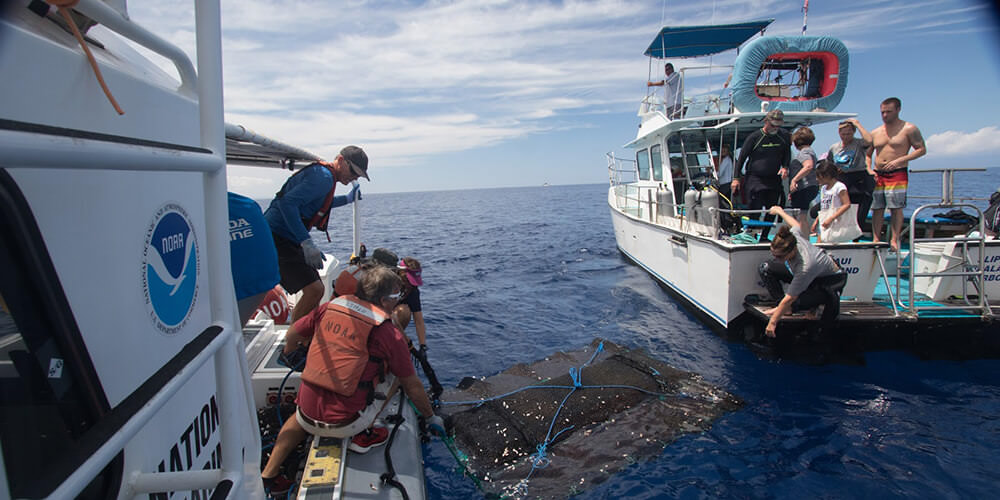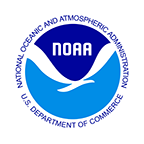Threats to Whales

Entanglement

Entanglement represents a significant threat to many marine animals, including humpback whales in Hawai‘i. It has been estimated that hundreds of thousands of whales die each year worldwide as a result of entanglements.
Entanglement may result in starvation or drowning due to restricted movement, physical trauma, and systemic infections. An entangled animal may also be more susceptible to other threats, like vessel collisions. The sanctuary monitors threats and impacts. We coordinate a community-based network to free whales from life-threatening entanglements, and at the same time, working with our partners, gather information to reduce the threat.
Vessel-Whale Contacts

Humpback whales are susceptible to being hit by vessels. These collisions may result in serious injury and death to both humans and whales. The sanctuary compiles all reports and field assessments around the main Hawaiian Islands. Since 1975, more than 120 collisions have been logged. A majority of the reports involve calves. We partner with other researchers to better understand whale-vessel concerns to reduce the threat for the future. By following safe boating guidelines, you can help reduce the risk of collisions with whales.
If you are involved in a collision with a whale, please call the NOAA Hotline at 1-888-256-9840. If you do not have a cell phone, hail the U.S. Coast Guard on VHF channel 16 (156.8 Mhz).
Acoustic Disturbance
Marine animals rely on sound for communication, navigation, and feeding. Acoustic disturbances due to dredging, blasting, vessel traffic, active acoustics, and other activities may affect humpback whales and their behavior. The sanctuary uses passive acoustics to monitor humpback whales.
Habitat Degradation
Habitat is critical for the conservation and health of humpback whales and other marine life. Any activity that threatens the habitat and water quality can affect humpback whales. The waters surrounding the Hawaiian Islands represent the principle breeding and calving ground for a majority of the humpback whales in the North Pacific. The sanctuary’s mission is to protect humpback whales and this critical habitat.
Marine Debris

Marine debris threatens marine wildlife and is a navigational hazard to transiting vessels. It also can have adverse economic impacts to shipping and coastal industries. Marine debris is an increasing problem worldwide. Unfortunately, the islands are an accumulation area for marine debris from sources across the greater Pacific Ocean. Marine debris mainly poses a threat of entanglement for humpback whales. The sanctuary coordinates an effort to disentangle humpback whales and other large whales from life-threatening entanglements.
Environmental Changes
Changes in the environment may affect broadscale oceanographic factors such as water temperature and currents. Those changes may impact the food resources of humpback whales, and cause them to change their habitat usage or impact their health. The sanctuary monitors humpback whale trends to understand risks to the population’s health.

